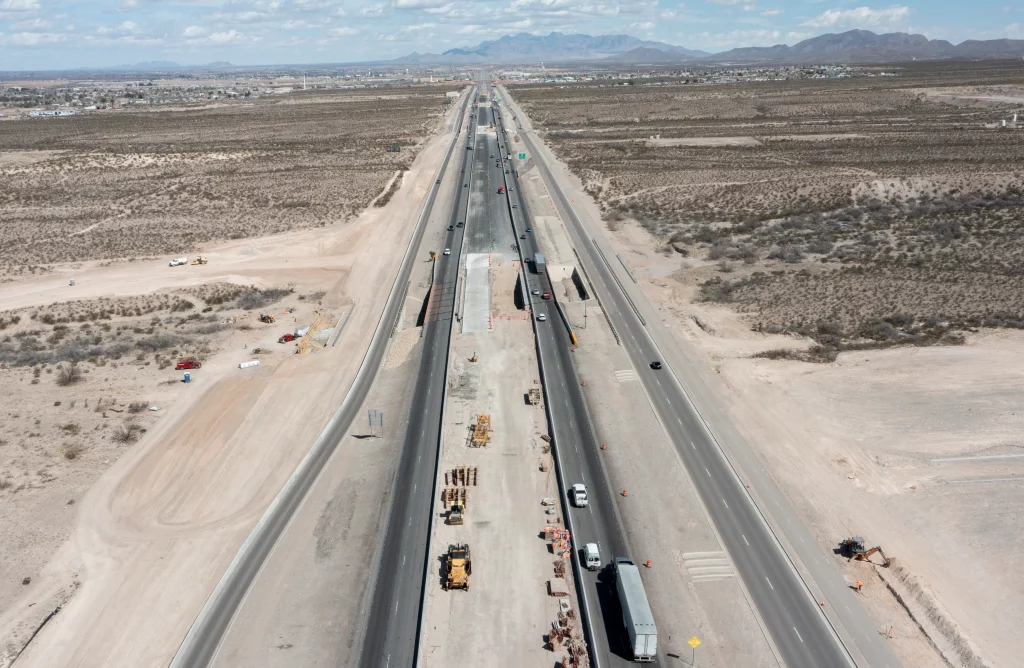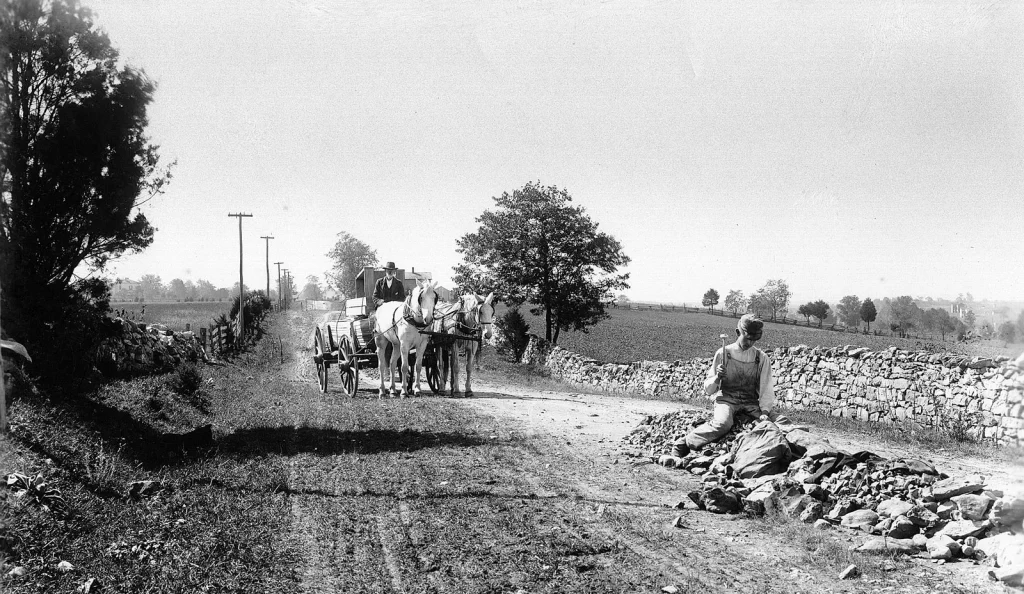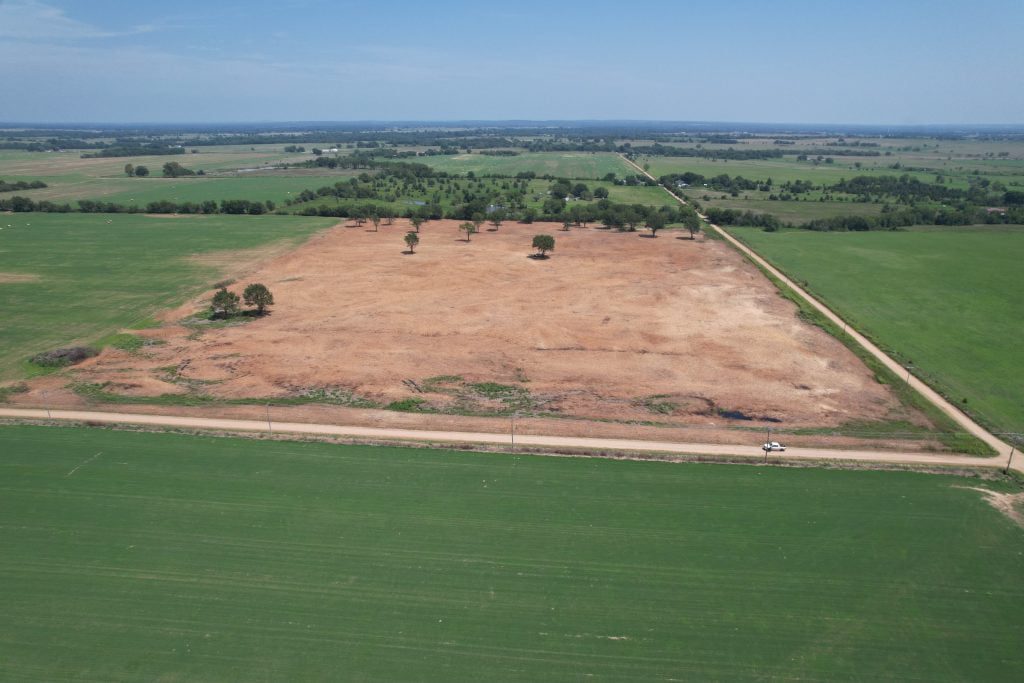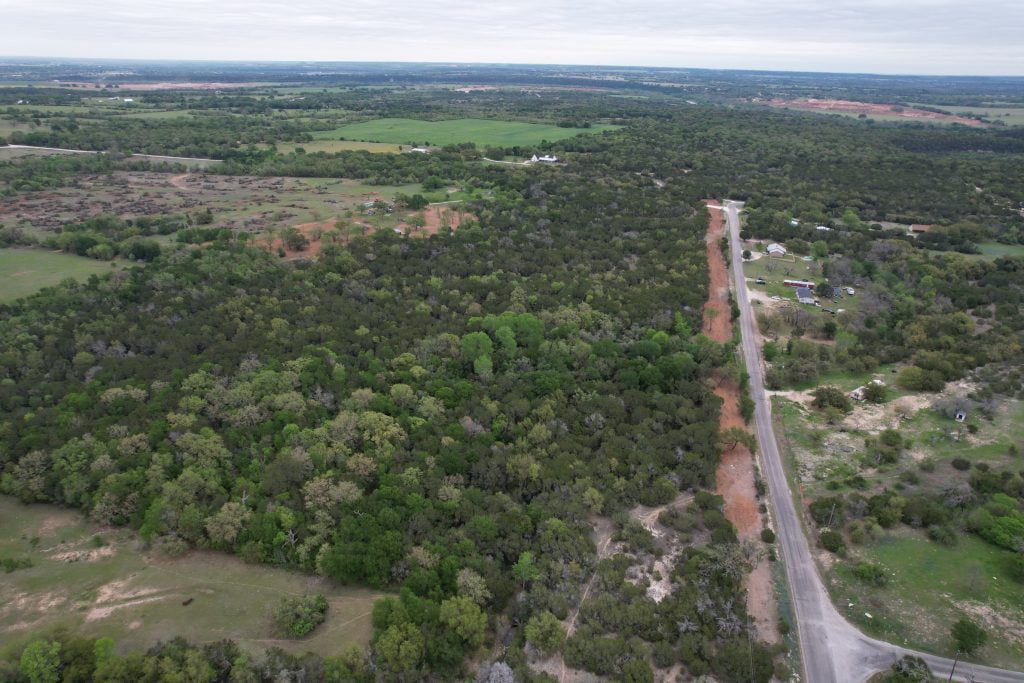Stewart Ranch Services
Bowie, Texas
Richardson Road Building in Richardson TX
DESIGN YOUR DREAM
PROPERTY
LAND
ACREAGE
DEVELOPMENT SITE
POND
Richardson Road Building: The Process and Equipment Necessary for Construction in Texas
The journey of road construction unfolds across time, progressing from mud and brick to the sophistication of advanced machinery. This historical evolution underscores the critical role roads have played in connecting diverse communities. Shifting our focus to the contemporary landscape, we scrutinize Richardson road-building techniques, delving into the intricate methods and essential equipment components crucial for the success of projects in locations like Richardson, TX. The incorporation of materials such as stone or mud bricks underscores the commitment to sustainability in modern construction practices.
Key Takeaways
Table of Contents
The Evolution of Richardson Road Building

The evolution of road construction emerges as a pivotal thread in the fabric of human history, molding the direction of societal progress. From rudimentary building materials to the advanced technology utilized in contemporary times, there have been substantial improvements in road construction methodologies.
Urban streets and rural pathways have assumed vital roles in facilitating commerce, necessitating the adoption of innovative strategies and resources to cope with the escalating demand for convenience. This examination navigates through the historical epochs, from ancient marketplace avenues to the present landscape of road building in Richardson, Texas.
Ancient Roads
From ancient times, roads have been vital for fostering communication across regions, and their development has been constant.
In Mesopotamia, early roads ingeniously employed mud bricks with bitumen, boasting raised centers for efficient drainage and smoother travel. The dynamics of road construction underwent significant changes during World War II, aiming to enhance connectivity between urban areas, ranches, and farms through rapid transport systems.
This era marked the inception of a transformative journey for rural roads in the country. The implementation process extended beyond construction to include the meticulous maintenance of highways and additional features such as farm roads and ranch paths, with a keen focus on appropriate drainage system designs.
Modern Road Construction
The evolution of road building in Richardson, TX stands out as a significant improvement, driven by the integration of advanced components and machinery. Modern construction techniques involve a diverse range of materials, from soil stabilizers and asphalt to concrete and dry lean concrete. This shift not only leads to cost-effective road maintenance but also enhances the overall durability of the roads.
Asphalt, a crucial component, is composed of 95% aggregate and 5% binder. Similarly, concrete, frequently employed by the Texas Department of Transportation for highways and major asphalt roads, is a blend of water, sand, cement, and aggregates. The choice between these materials depends on various factors, including the intended purpose of the roadway, traffic volume, and geographical conditions.
Recent developments have ushered in a new era of swift progress in road construction, utilizing advanced machinery like excavators, compact track loaders, and dump trucks. These technological advancements contribute to heightened precision and efficiency in the construction process.
In addition to excavators and dump trucks, wheel loaders, working in tandem with dump trucks, are commonly used. Furthermore, advanced paving equipment plays a crucial role in constructing farm/ranch roads and urban pathways. It’s noteworthy that, while Texas has specific requirements with a focus on cost considerations, various regional elements are taken into account.
Richardson Road Building - Essential Steps

Road construction is a complicated and intricate process that must take various essential phases into account to bring about success. From the very outset of envisioning it in terms of design as well as execution through land clearing, earthworks, paving, and quality control. Each component plays an important role in providing security and stability on the roads built.
To go in-depth: planning needs to be done carefully before any project gets underway followed by thorough land clearing works which include digging trenches, tree removal, or grading soil at times. Planning also includes a cost analysis, scheduling, and logistics like securing the proper equipment, labor, and any subcontractors.
Other steps involve implementing asphalt coverings plus assuring maximum durability with stringent oversight from high-quality assurance measures.
Stewart Ranch Services offers you a free quote, being the starting point for the completion of your project in Richardson Texas, and surrounding areas.
Planning and Design
The process of road building in Richardson, TX starts with a meticulous planning phase, a critical element in ensuring the success of the project. During this stage, essential components such as existing and projected traffic patterns, comprehensive cost-analysis data, design sketches, and financial prerequisites are carefully examined. Importantly, the engagement of civil engineers and city planners plays a pivotal role in initiating a detailed planning process before delegating the project to the designated construction company.
In the landscape of road engineering projects, specific considerations come to the forefront, including the establishment of speed limits based on the expected types of vehicles utilizing the roads. Furthermore, the process encompasses angle grading, meticulous assessments of potential view obstructions, and the determination of necessary braking distances. These considerations collectively aim to uphold safety standards tailored to the local community’s needs, ensuring a seamless driving experience while prioritizing the comfort of drivers.
Land Clearing and Site Preparation
Effective land clearing and site preparation are indispensable elements of road building in Richardson, TX. This crucial phase involves the removal of vegetation, trees, and various materials from the land before construction can commence. Grading and excavation play pivotal roles in creating a level ground surface, vital for proper drainage and to prevent issues like potholes in completed roads on farms or ranches.
Land clearing is a fundamental step in various construction projects, including buildings and roads. Tasks encompass adding or removing rock, dirt, trees, soil, trenching, ground excavation, embankment construction, and filling placement.
Advanced equipment, such as farm machinery, mini-excavators, and compact track loaders, expedites the land-clearing process and ensures precision in height measurements during grading stages. This precision is crucial for shaping road locations efficiently.
Additionally, installing culverts is imperative to address potential flooding, safeguarding against disruptions to productivity. These measures contribute to establishing high-quality access routes, seamlessly connecting markets to local farmers’ lands.
The integration of advanced tools forms the foundation of an effective system for laying the groundwork in rural areas, enabling safe car travel without encountering disruptions caused by rainwater pools or inadequate underlying structures.
The application of paint on pavement and road markings
Maintaining the safety and efficiency of a highway relies heavily on the accurate application of pavement markings that delineate directions and lanes.
Tips for pavement and road marking:
Road marking regulations:
Adhering to the specific road marking regulations of each country is crucial for those involved in extensive road marking projects. The capability to paint a variety of lines and symbols in line with these standards is imperative. Utilizing a multi-gun, multi-color setup, especially a striper with automatic gun control, streamlines the process of creating precise broken lines.
Curb Marking:
Tackling curb marking challenges is a common hurdle in pavement marking endeavors. The 90° angle of curbs demands a specialized gun configuration for effective spraying, overcoming this frequent obstacle in such projects.
Reflective road marking:
Reflective road marking adds another layer of complexity, necessitating a special material with glass microspheres. The application of these microspheres requires specific equipment, such as the Graco Linelazer HP reflective series, featuring a pressurized bead reservoir. This advanced system boasts an adjustable nozzle for precise control over the width of the microsphere dispersion, ensuring heightened accuracy.
Richardson Road Building - Farm to Market and Ranch Roads

Farm roads serve a unique purpose by connecting rural areas to urban centers, facilitating the transportation of people and goods. However, constructing these roads is a complex task that demands attention to both safety and durability.
The process starts with a comprehensive assessment of the terrain to design an optimal route, followed by obtaining the necessary permits from authorities. Land clearing and soil preparation precede actual construction, establishing the groundwork for a robust road network.
Grading and paving are critical stages, with the choice between asphalt and concrete depending on specific project needs. Integrating drainage systems, constructing switchbacks, and erecting walls in hilly terrains are crucial elements of the road-building process. Each step is integral to the creation of secure and functional routes that meet local agricultural requirements, including those of ranches.
Routine maintenance inspections are imperative for ongoing functionality, focusing on preserving the road’s optimal condition. Installing signage and features like gutter curbs plays a vital role in water control, particularly during periods of heavy traffic, preventing potential flooding.
Richardson Road Building - Sustainable Practices

Road building in Richardson, TX presents environmental challenges, leading to the adoption of sustainable practices to mitigate its impact. Selecting materials with a reduced environmental footprint that can decompose in an eco-friendly manner is critical.
Choosing recycled asphalt and concrete over new materials, and designing durable products for extended longevity, is a strategic move. This not only reduces the quantity of materials used but also results in significant cuts in maintenance costs. Implementing these practices into ongoing road construction processes is essential for establishing more environmentally responsible alternatives in the future.
Case Study: Successful Road Construction Project in Texas

El Paso’s I-10 reconstruction and expansion endeavor stands as a testament to the effective management of road construction complexities, akin to projects in Richardson and San Antonio.
The success of this project hinged on meticulous preparation for budgeting and adherence to strict timelines. A key contributor was the involvement of experienced personnel dedicated to continuous training and unwavering adherence to safety protocols. Equally crucial was the utilization of cutting-edge machinery, ensuring precision and expediting the overall project timeline.
This case study emphasizes the value of incorporating advanced techniques in roadwork, highlighting positive outcomes resulting from intentional planning, skilled labor, and the application of state-of-the-art equipment within the unique context of highway construction in Texas.
Summary
From mud bricks and stone in ancient times to the sophisticated materials and machinery used today, the evolution of road construction is a noteworthy journey. Successful outcomes hinge on meticulous planning and comprehensive site preparation.
In Richardson, road building takes on added importance in our globally connected society. Ensuring the construction of durable, secure roads that stand the test of time requires prioritizing sound practices at every stage, from sourcing suitable materials, be it mud or others, to the final touches of the project.
Frequently Asked Questions
What is the meaning of road building?
Road construction typically entails the use of materials like asphalt and concrete, derived from mining sites that transport gravel to various plants for processing. Such elements are essential for Richardson road-building projects.
How do you build a road?
Richardson road-building involves a meticulous process to guarantee longevity.
- Subgrade: Clearing the land, grading, and subgrade work are initial steps to establish a solid foundation. Subgrade work includes removing existing grass and topsoil for a comprehensive road-building approach.
- Material types: Utilizing materials like road base, crushed concrete, screened gravel, and asphalt millings are crucial for constructing resilient roads.
At Stewart Ranch Services, we specialize in Richardson Road Building projects, providing expertise from land preparation to the final surface course, ensuring a durable and reliable road network.
